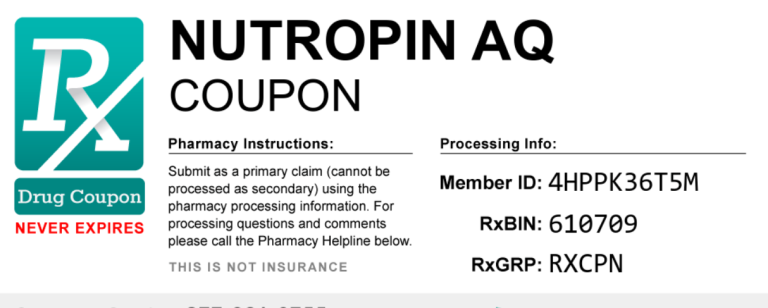Contents
Introduction: The Birth of the Zip Code
In the bustling heart of mid-20th century America, a postal crisis was brewing. The volume of mail was exploding, and the old system of sorting and delivery was struggling to keep up. Something had to change, and that change came in the form of the Zone Improvement Plan, or ZIP Code, as it would be affectionately known. But how were zip codes assigned, and what impact did they have on the postal system and the nation as a whole?
The Pre-Zip Code Era: A Postal Bottleneck
Before the advent of zip codes, mail sorting was a labor-intensive and time-consuming process. Each piece of mail had to be read individually and sorted by hand, based on the city and state written on the envelope. This system worked well enough in the early days of the postal service, but as the population grew and the volume of mail increased, it became increasingly inefficient.
The rise of urbanization and suburbanization in the mid-20th century exacerbated the problem. As people moved away from city centers, mail carriers had to travel farther and farther to deliver mail, leading to longer delivery times and increased costs. The postal service was in desperate need of a solution that could streamline the sorting process and make mail delivery more efficient.
The Zone Improvement Plan: A Vision for a More Efficient Postal System
In 1943, the postal service took a bold step towards modernization with the introduction of postal zones. These zones were designated by numbers and covered large geographical areas. However, this system still relied on manual sorting and was not granular enough to address the growing complexity of mail delivery.
The real breakthrough came in 1963 with the introduction of the Zone Improvement Plan, or ZIP Code. This new system divided the country into ten postal zones, each with a unique two-digit code. Within each zone, smaller geographical areas were assigned additional digits, creating a five-digit code that could pinpoint a specific location with greater accuracy.
How Were Zip Codes Assigned: The Methodology Behind the System
The assignment of zip codes was a complex process that took into account a variety of factors, including population density, geography, and transportation routes. The country was divided into sectional centers, each responsible for a specific geographic area. These centers were then further divided into smaller areas, each assigned a unique three-digit code.
The final two digits of the zip code were used to identify individual post offices or delivery zones within a given area. This granular system allowed for more efficient sorting and delivery of mail, as each piece could be quickly routed to the correct destination based on its zip code.
The Impact of Zip Codes: A Postal Revolution
The introduction of zip codes had a profound impact on the postal system and the nation as a whole. By streamlining the sorting process and making mail delivery more efficient, zip codes saved the postal service millions of dollars and reduced delivery times for millions of Americans.
But the impact of zip codes went beyond the postal system. They quickly became an integral part of American life, used for everything from marketing and demographics to taxation and emergency services. Zip codes became a way to identify and understand communities, and they played a key role in the rise of direct mail marketing and the growth of suburbanization.
The Evolution of Zip Codes: Adapting to a Changing World
Zip codes have continued to evolve and adapt to the changing needs of the postal service and the nation. In 1983, the postal service introduced the ZIP+4 system, which added four additional digits to the zip code to further pinpoint specific addresses. This system is used primarily by businesses and government agencies for bulk mailing and data processing.
Today, zip codes are an indispensable part of modern life. They are used by businesses to target marketing campaigns, by government agencies to track demographics and allocate resources, and by individuals to find local businesses and services. Zip codes have become so ubiquitous that it is hard to imagine life without them.
Read More: Unraveling the Mystery of Zip Code 99999: The Highest Zip Code in the United States
Conclusion: The Legacy of the Zip Code
The story of how zip codes were assigned is a story of innovation, ingenuity, and the power of a simple idea to transform an entire industry. Zip codes have revolutionized the postal system, streamlined mail delivery, and become an integral part of American life. They are a testament to the power of human ingenuity to solve complex problems and create a more efficient and connected world.







